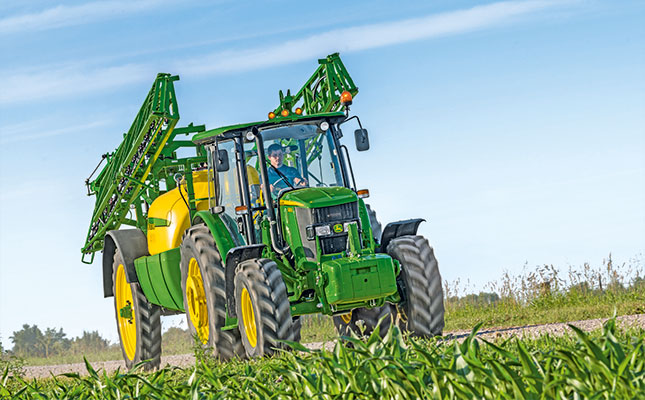
Photo: Dr Mac
Often photographs of twin foals are sent out on social media, and give the impression that something noteworthy has been achieved by the breeder, as only about 1 in 10 000 survive.
In reality, twin births are undesirable, as mares do not generally have enough room for two foetuses in their abdominal cavities, and, after giving birth, do not have sufficient milk for both foals.
Even if the foals are born alive, their combined birthweight is usually the same as a single foal, and they do not catch up as they grow older. Foals that survive are often premature or very weak at birth, and need extra veterinary care and constant monitoring for at least the first week of life.
There seems to be a genetic predisposition for twins in certain bloodlines, and it is important for breeders to be aware of this when selecting broodmares.
Thoroughbred and Warmblood mares are statistically more likely to give birth to twins, and surviving twin foals have also been recorded in the bloodlines of certain Crabbet-bred Arabians.
Identical, or monozygotic, twins are actually quite rare in horses, and are a result of a fertilised egg splitting. Fraternal, or dizygotic, twins are much more common, and occur when two follicles ripen, and the ova from each are independently fertilised.
Fertilisation can even occur a day or two apart. These follicles can originate from the same ovary, in which case both usually end up in the same uterine horn, or can originate from each ovary. In this case, each embryo usually ends up in separate uterine horns.
If both are in the same uterine horn, one is usually absorbed by the other and a single foal is born. However, when each embryo is in a separate horn, they often survive longer and may be aborted later in the pregnancy.
Complications
Mares gestate for around 320 to 362 days, or 11 to 12 months. If both foals survive beyond the sixth month of gestation, complications often occur. The most common is that the mare starts to abort and the foals get their legs tangled, which can result in severe damage to the mare’s reproductive tract, and even lead to the death of the mare.
Sometimes one foal is aborted and the other remains in-utero but dies, resulting in a life-threatening infection.
Retained afterbirths are common with twin births, resulting in uterine infections and laminitis in the mare. It is quite difficult to recognise that only one afterbirth has been ejected when the premature foals are lying in a tangled mass on the floor of the stable and the mare has unsuccessfully tried to get them to stand up.
Prevention
Twin foals are usually the result of breeders using natural or herd breeding techniques, and do not examine their mares after mating.
Thoroughbred and Warmblood breeders should routinely have mares examined using ultrasound for twin embryos at about 14 to 18 days after mating.
It is, in any case, good practice to routinely use ultrasound to confirm pregnancy at this stage, as the mare can be booked for another service if fertilisation was unsuccessful, as she usually comes into season every 21 days.
Up to 25 days into the pregnancy, an experienced veterinarian can usually crush one of the embryos. If the mare is more than 40 days pregnant, this becomes more difficult.
Some veterinarians may choose to inject the mare with prostaglandin hormones to make her come back into season.
If a twin pregnancy is detected further into the pregnancy than 40 days, it is very difficult to remove the foetuses.
Dr Mac is an academic, a practising equine veterinarian and a stud owner.










